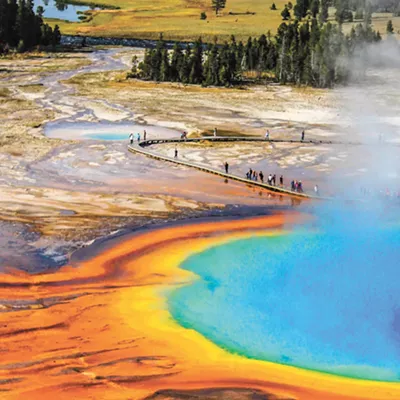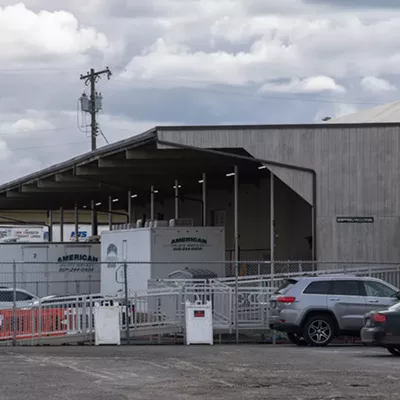Last month, the state's Department of Transportation released plans for widening a 15-mile section of I-90 east of Seattle, smack in the middle of a major wildlife thoroughfare. To reduce auto-animal collisions, the plans include several types of wildlife passages modeled after successful critter crossings in Arizona and Florida and on Banff's Trans-Canada Highway.
The road improvement project, slated to begin in 2011, will be a "showpiece" of ecological highway building, says Kim Vaughn, a transportation department design supervisor. Work could include improving culverts to aid smaller mammals and reptiles, creating hydrologic connections for fish and amphibians, and building the country's first wildlife over-crossing -- a wide bridge carpeted with native soil and plants.
"We're targeting a wide range of species, from low-mobility salamanders to large carnivores," Vaughn says.
Tony Clevenger, a Montana State biologist, says getting animals across safely is just the beginning: "Habitat is getting chopped up, and biodiversity is getting scarcer." The real boon of the project, he says, will be reconnecting the wildlife living on both sides of I-90 in the Wenatchee National Forest.
So far, the state has committed $388 million to the highway improvements, most of which will go to road widening and avalanche-safe tunnels. That wildlife welfare is also addressed is good news to Jen Watkins, a spokeswoman for the I-90 Wildlife Bridges Coalition, which pushed for including animal crossings in the project: "It's critical for us to attack the last barrier for wildlife." The public can comment on the project through Aug. 5.
This article first appeared in High Country News (www.hcn.org), which covers the West's communities and natural-resource issues from Paonia, Colo.















